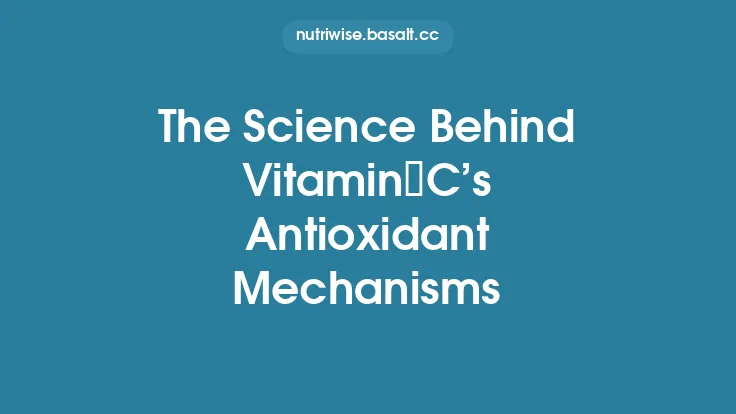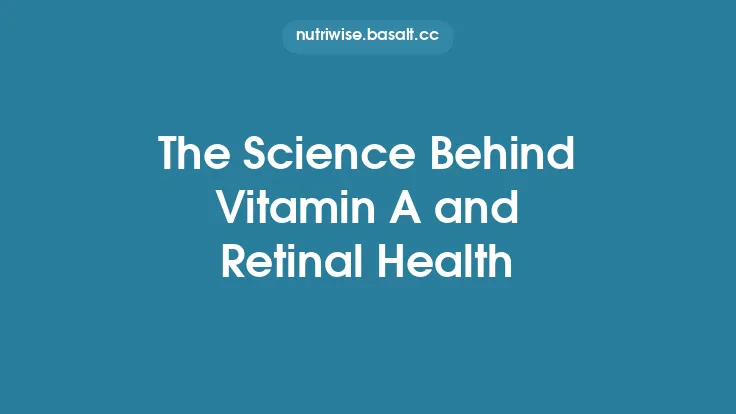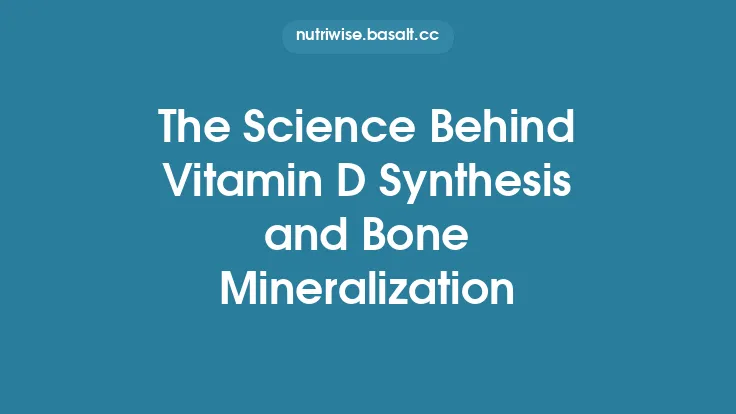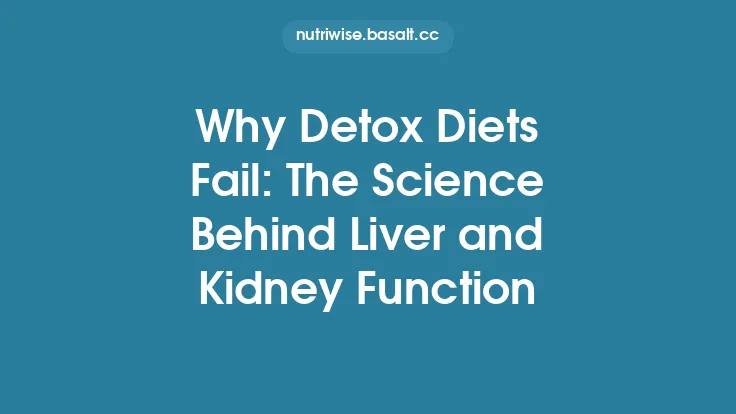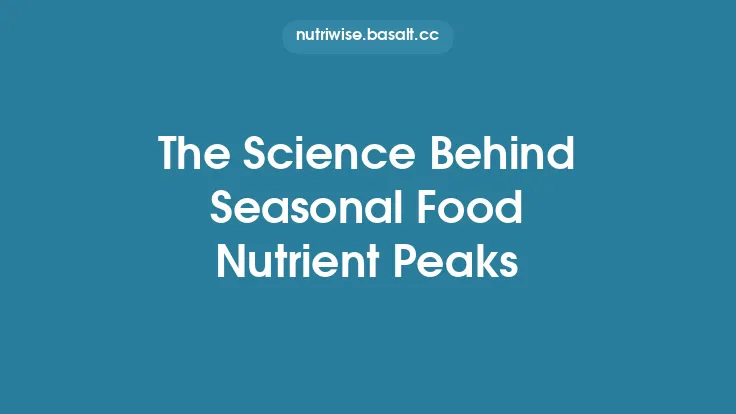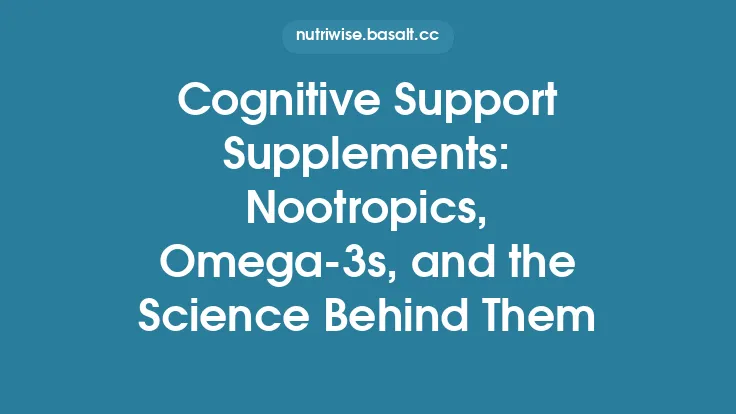Vitamin E, a family of lipid‑soluble compounds collectively known as tocopherols and tocotrienols, is one of the most potent natural antioxidants discovered in biological systems. Its ability to protect cells from oxidative stress stems from a series of finely tuned chemical reactions and cellular processes that operate at the membrane level, within organelles, and even in the nucleus. Understanding these mechanisms requires a look at the molecular structure of vitamin E, the nature of free radicals, and the cascade of events that follow when vitamin E intercepts oxidative threats.
Molecular Architecture that Enables Antioxidant Action
The antioxidant potency of vitamin E is rooted in the chromanol ring of its tocopherol and tocotrienol molecules. This ring contains a phenolic hydroxyl group (–OH) that can donate a hydrogen atom to a free radical, neutralizing it while forming a relatively stable vitamin E radical. The side chain—saturated in tocopherols and unsaturated in tocotrienols—anchors the molecule within the hydrophobic core of lipid bilayers, positioning the reactive phenol precisely where lipid peroxidation initiates.
Key structural features:
| Feature | Function |
|---|---|
| Phenolic –OH | Hydrogen donor; primary site of radical scavenging |
| Methyl substituents on the chromanol ring | Modulate redox potential; affect reactivity with different radicals |
| Saturated phytyl tail (α‑tocopherol) | Provides deep insertion into phospholipid bilayers |
| Unsaturated isoprenoid tail (tocotrienols) | Increases membrane fluidity, allowing broader distribution and potentially enhanced protection in dynamic membranes |
These structural nuances explain why α‑tocopherol is the most abundant and biologically active form in human tissues, while tocotrienols, though less prevalent, exhibit distinct protective capacities, especially in highly fluid membranes such as those of the endoplasmic reticulum.
Chain‑Breaking Antioxidant: Intercepting Lipid Peroxyl Radicals
Lipid peroxidation proceeds through a free‑radical chain reaction consisting of initiation, propagation, and termination phases. Vitamin E intervenes at the propagation step, where lipid peroxyl radicals (LOO·) abstract hydrogen atoms from neighboring polyunsaturated fatty acids (PUFAs), perpetuating the damage.
The chain‑breaking reaction can be summarized as:
LOO· + α‑TOH → LOOH + α‑TO·
- LOO·: Lipid peroxyl radical generated after the initial abstraction of a hydrogen from a PUFA.
- α‑TOH: Reduced (active) form of vitamin E.
- LOOH: Lipid hydroperoxide, a less reactive intermediate that can be further reduced by cellular enzymes.
- α‑TO·: Vitamin E radical, which is relatively stable and can be regenerated (see next section).
By donating a hydrogen atom, vitamin E converts the propagating radical into a non‑radical hydroperoxide, effectively halting the chain reaction. The stability of the resulting α‑tocopheroxyl radical (α‑TO·) is crucial; its resonance‑stabilized structure prevents it from reacting with other cellular components, thereby avoiding secondary damage.
Regeneration Pathways: Restoring Vitamin E’s Reducing Power
The antioxidant cycle would be futile if vitamin E were consumed irreversibly after each radical‑quenching event. Cells possess several enzymatic and non‑enzymatic systems that recycle the α‑tocopheroxyl radical back to its active form:
- Ascorbate (Vitamin C)–Mediated Reduction
Ascorbate donates an electron to α‑TO·, producing dehydroascorbic acid and regenerating α‑TOH. This cross‑talk between water‑soluble (vitamin C) and lipid‑soluble (vitamin E) antioxidants exemplifies a coordinated defense network, but the focus here is on the mechanistic step:
α‑TO· + AscH⁻ → α‑TOH + Asc·
- Glutathione (GSH)–Dependent Enzymes
Glutathione peroxidases (GPx) reduce lipid hydroperoxides (LOOH) to their corresponding alcohols, indirectly preserving vitamin E by lowering the substrate load for the chain‑breaking reaction. Additionally, glutathione reductase can maintain the reduced GSH pool, supporting GPx activity.
- NAD(P)H‑Quinone Oxidoreductase 1 (NQO1)
NQO1 can directly reduce α‑tocopheroxyl radicals using NAD(P)H as an electron donor, especially in tissues with high NQO1 expression such as the liver and lung.
- Coenzyme Q10 (Ubiquinol) Interaction
Within the mitochondrial inner membrane, ubiquinol can serve as a secondary lipid‑soluble antioxidant, donating electrons to α‑TO· and thereby re‑charging vitamin E in situ.
These regeneration routes ensure that a single vitamin E molecule can neutralize multiple radicals over its lifespan, amplifying its protective impact.
Modulation of Redox‑Sensitive Signaling Pathways
Beyond direct radical scavenging, vitamin E influences cellular signaling cascades that are sensitive to oxidative status. Two prominent pathways illustrate this indirect antioxidant role:
- Nuclear Factor‑κB (NF‑κB) Inhibition
Oxidative stress activates IκB kinase (IKK), leading to NF‑κB translocation into the nucleus and transcription of pro‑inflammatory genes. Vitamin E, by limiting lipid peroxidation‑derived secondary messengers (e.g., 4‑hydroxynonenal), attenuates IKK activation, thereby dampening NF‑κB–mediated inflammation.
- Activation of Peroxisome Proliferator‑Activated Receptor‑γ (PPAR‑γ)
Certain vitamin E metabolites, such as α‑tocopherol quinone, act as ligands for PPAR‑γ, a nuclear receptor that regulates genes involved in lipid metabolism and antioxidant defenses (e.g., superoxide dismutase, catalase). This ligand‑dependent activation contributes to a broader, transcription‑based antioxidant response.
Through these mechanisms, vitamin E exerts a “second‑order” protective effect, shaping the cellular environment to be less conducive to oxidative damage.
Interaction with Membrane Microdomains and Lipid Rafts
Cellular membranes are not homogenous sheets; they contain microdomains—often termed lipid rafts—enriched in cholesterol, sphingolipids, and specific proteins. The high affinity of vitamin E for these ordered regions stems from its hydrophobic tail, which preferentially partitions into the tightly packed lipid environment.
Consequences of this localization:
- Stabilization of Raft Integrity
By preventing peroxidation of raft‑associated lipids, vitamin E maintains the structural platform required for receptor clustering and signal transduction.
- Protection of Embedded Proteins
Many transmembrane proteins contain cysteine residues susceptible to oxidation. Vitamin E’s proximity within rafts reduces the likelihood of oxidative modifications that could impair receptor function.
- Modulation of Membrane Fluidity
Tocotrienols, with their unsaturated side chains, can increase local fluidity, facilitating the diffusion of antioxidant enzymes (e.g., phospholipid hydroperoxide glutathione peroxidase) to sites of oxidative stress.
These microdomain‑specific actions underscore vitamin E’s role as a “membrane‑targeted” antioxidant rather than a generic free‑radical scavenger.
Antioxidant Role in Organelles: Mitochondria and Endoplasmic Reticulum
Mitochondrial Inner Membrane
Mitochondria generate the bulk of cellular reactive oxygen species (ROS) via the electron transport chain (ETC). The inner mitochondrial membrane (IMM) is densely packed with cardiolipin, a phospholipid highly prone to peroxidation. Vitamin E, especially α‑tocotrienol, integrates into the IMM and safeguards cardiolipin from oxidative attack, preserving ETC efficiency and preventing the release of cytochrome c—a key step in apoptosis.
Key points:
- Prevention of Cardiolipin Oxidation → Maintains ETC complex stability.
- Limitation of Mitochondrial Permeability Transition Pore (mPTP) Opening → Reduces apoptotic signaling.
Endoplasmic Reticulum (ER)
The ER membrane contains a distinct lipid composition rich in unsaturated phospholipids. Vitamin E’s presence in the ER helps mitigate oxidative stress generated during protein folding and disulfide bond formation. By curbing lipid peroxidation, vitamin E indirectly supports the unfolded protein response (UPR), preventing chronic ER stress that can lead to cell death.
Vitamin E Metabolites: Beyond the Parent Molecule
When vitamin E scavenges radicals, it can undergo oxidative metabolism, yielding several biologically active metabolites:
- α‑Tocopherol Quinone (α‑TQ)
Formed via two‑electron oxidation, α‑TQ can act as a redox cycler, donating electrons to other antioxidants and participating in electron transport chains.
- α‑Tocopherol Hydroxychroman (α‑THC)
Generated through enzymatic ω‑oxidation and subsequent β‑oxidation, α‑THC exhibits anti‑inflammatory properties and can modulate gene expression via nuclear receptors.
These metabolites extend the antioxidant network, providing additional layers of protection that are not captured by the parent vitamin E alone.
Quantitative Perspective: Kinetic Parameters of Radical Scavenging
The efficiency of vitamin E as a chain‑breaking antioxidant can be expressed through its rate constant (k) for reaction with peroxyl radicals. Typical values are:
- k (α‑tocopherol + LOO·) ≈ 1 × 10⁶ M⁻¹ s⁻¹
This high rate reflects rapid hydrogen donation, outpacing many other lipid‑soluble antioxidants.
- Comparison with β‑carotene (k ≈ 5 × 10⁴ M⁻¹ s⁻¹)
Vitamin E is roughly 20 times faster at quenching peroxyl radicals, explaining its dominant role in membrane protection.
These kinetic data reinforce why vitamin E is considered a “primary” antioxidant in lipid environments.
Clinical and Experimental Evidence of Antioxidant Mechanisms
While the focus here is mechanistic, it is worth noting that numerous in‑vitro and animal studies have directly demonstrated vitamin E’s capacity to:
- Reduce lipid hydroperoxide accumulation in isolated membrane preparations.
- Preserve mitochondrial respiration rates under oxidative challenge.
- Attenuate NF‑κB activation in cultured endothelial cells exposed to oxidized LDL.
Such findings consistently align with the biochemical pathways described above, confirming that the molecular mechanisms translate into observable cellular outcomes.
Future Directions: Emerging Insights into Vitamin E Antioxidant Biology
Research continues to uncover nuanced aspects of vitamin E’s antioxidant repertoire:
- Nanodomain Targeting – Development of vitamin E analogs that preferentially localize to specific membrane microdomains, enhancing protective efficacy.
- Redox‑Sensitive Vitamin E Prodrugs – Compounds that release active vitamin E only under oxidative conditions, minimizing unnecessary antioxidant load.
- Systems Biology Modeling – Integrative computational models that simulate vitamin E’s interaction with the entire cellular redox network, offering predictive insights for disease contexts.
These advances promise to refine our understanding of how vitamin E can be harnessed more precisely in therapeutic and nutritional strategies.
Bottom Line
Vitamin E’s antioxidant power derives from a sophisticated suite of actions: direct hydrogen donation to lipid peroxyl radicals, stabilization of the resulting tocopheroxyl radical, efficient regeneration by complementary antioxidant systems, modulation of redox‑sensitive signaling pathways, and strategic positioning within membrane microdomains and organelles. By operating at the molecular level and integrating with broader cellular defenses, vitamin E serves as a cornerstone of the body’s strategy to preserve membrane integrity, maintain organelle function, and prevent oxidative damage that underlies many chronic diseases.
